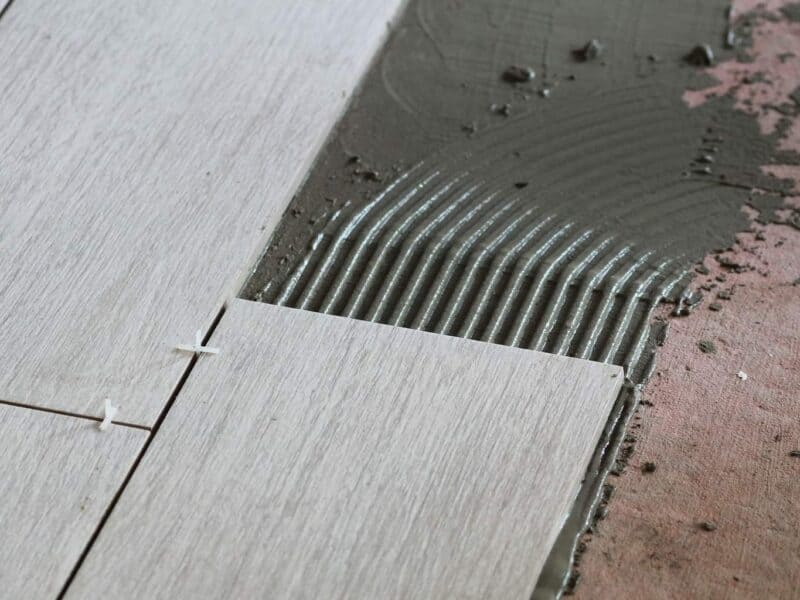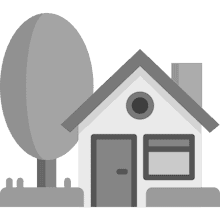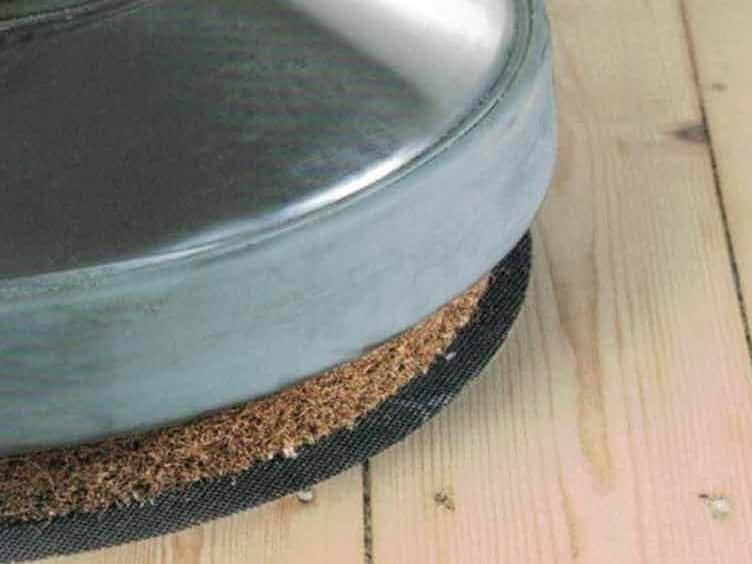
As installation expenses usually represents a large proportion of flooring costs, many of those who are on a tight budget may be keen to look at floors which they can install themselves.
With modern technology and materials, DIY Floors are becoming a cost-effective and accessible alternative, requiring little specialist skills or knowledge.
While it is possible to install almost any type of floor yourself, if you have sufficient skills, knowledge and tools, certain types of flooring lend themselves to self-installation more easily than others.
Subfloor and Underlay
No matter what type of flooring you’re considering, it is crucial to prepare the subfloor and underlayment layers correctly, particularly ensuring that they are smooth, clean and stable. This ensures that the final floor will be level and stable too and does not sag or “bounce”.
While it may be cheaper to use particleboard instead of plywood for the underlayment, this may be a false economy in the long term as particleboard is not as durable and will deteriorate over time.
Generally, it is best to follow the instructions from the underlayment manufacturer.
Remember also that subfloors can vary greatly and some may require you to leave gaps which allow for expansion while others need the planks to fit tightly together.
Laminate Floors
The most popular type of flooring for DIY enthusiasts is Laminate Flooring. This is a floating floor system which gives the look of more expensive flooring (such as timber, stone and ceramic tile) for a fraction of the cost and is durable, easy to maintain and stain-resistant.
It is particularly ideal if you would like the wood floor effect in kitchens and bathrooms but do not want to risk the problems associated with timber flooring in these high moisture areas.
The great advantage of laminate is that because it is a floating floor, it can be laid directly over an existing floor. Modern versions come with a “snap-and-lock” structure which makes installation a breeze.
Vinyl Tiles
These are very soft and comfortable underfoot, yet still very hard-wearing and easy to maintain. They are ideal for families with children and pets. They are incredibly easy to install, particularly if they come with a self-adhesive backing – you simply peel and stick the tile down.
Even if the tiles does not have a self-sticking back, just spread an appropriate adhesive over the floor with a notched trowel and then place the tiles firmly in position. Note though that this ease of installation does mean that the tiles may come loose more easily than Sheet Vinyl.
In addition, the frequent edges and cracks between tiles mean that water will tend to soak in during mopping and debris and dust may gather more easily.
Ceramic Tiles
While ceramic tiles are one of the most durable floor coverings, they can be very harsh to bare feet on a cold day, tiring to stand on for long periods and unforgiving to anything fragile that is dropped on the floor. They can also be dangerously slippery when wet.
However, as they are hardwearing and easy to clean, they remain one of the most popular floor options. In addition, it is possible to treat tiles so that they have a non-skid surface – and even be water-repellent.
Installation can be done in two ways: either by setting the tiles directly into mortar which covers a concrete or plywood subfloor, which is the more expensive method but also the most durable, or by applying the tiles to a concrete backboard or subfloor by using a thin-set adhesive.
Cork Floors
If you’re looking for an environmentally-friendly floor option that is also easy to DIY, cork is a good choice. Derived from a renewable source, cork is beautiful with naturally antibacterial properties.
It is also one of the floor materials when it comes to sound-proofing and insulating qualities, while at the same time being incredibly resilient, making it ideal for areas of high wear and tear.
Cork for DIY purposes usually comes in tile form and can be glued down or assembled as a floating floor.
Whatever type of flooring you choose; doing the installation yourself can not only save you a large proportion of your flooring costs but also give you a great sense of self-achievement.


